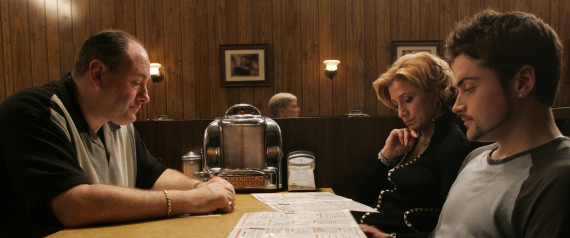In this video that NASA published today the agency explains their role in working with the U.S. Forest Service in developing a fire shelter that would hopefully increase the survival chances of a wildland firefighter entrapped in a vegetation fire. NASA is looking at materials they have used or plan to use on spacecraft that could reflect heat, provide some insulation from the outside temperatures which can exceed 2,000 degrees F, is thin and flexible enough to be folded and easily carried, is durable enough to be carried by tactical athletes for years, and weighs less than five pounds. That’s tough criteria.
They have been working on this for about a year, which we have covered here and here. When I saw that they had just published this video, I assumed they would report on their progress, saying perhaps that they had selected a new very promising space age material and would be make a bunch of prototypes for rigorous testing. But no. In the five-minute video they simply say they are looking at materials.
Maybe I’m naive, thinking that when the vast resources of NASA are used to design a fairly straightforward product with no circuit boards or interplanetary radios, after a year their scientists could report at least SOME progress.
The video simply stops after five minutes and 18 seconds. There is no conclusion, no timetable is laid out, and there is no cause for celebration or hope. The video just ends. Like the final episode of The Sopranos.


Fire shelters are a nice retreat of last resort. But it’s still up to the firefighter to stay out of situations where they might need them. The first time I needed one I did not have one, Ouzel Lake Fire 1978 and I had to think my way out. Second time with a squad in Big Cypress early 80s we had them but despite bad initial decisions to engage and then panic by a poor leader, good thinking by others got us out. In firefighting, much like combat and police work one must always maintain constant situational awareness.